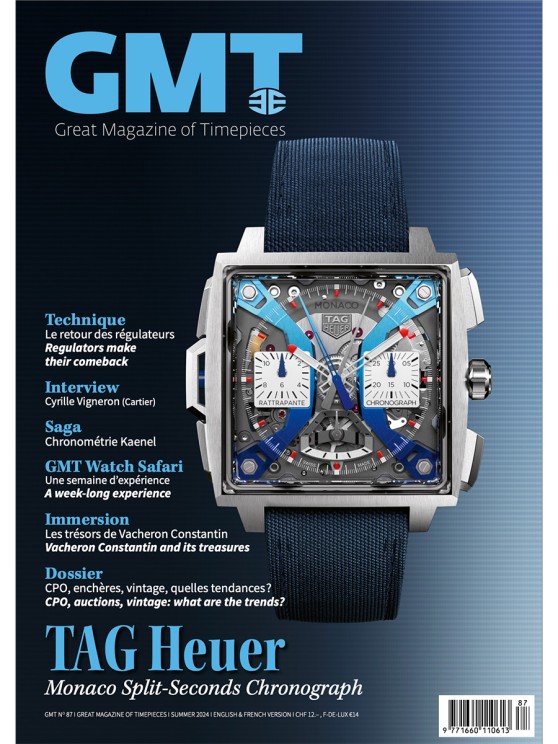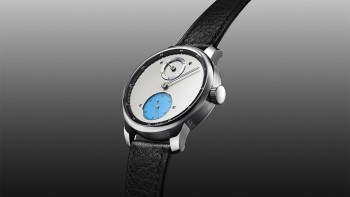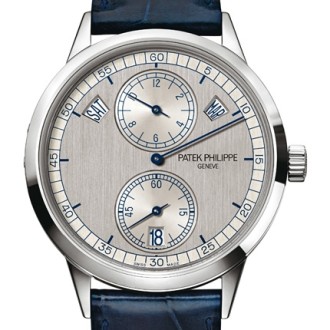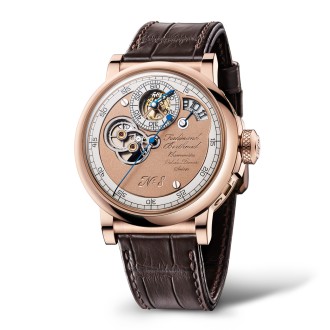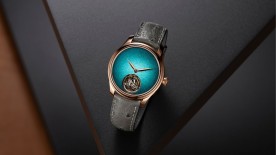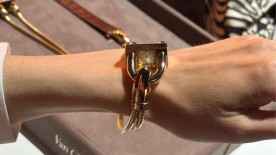There was a time when the regulator served to regulate. In the early days of watchmaking industrialization when the first factories were being built, production areas had grown considerably, meaning that hundreds of eyes had to be able to read the same time from a distance. That’s why these proto-industrial workshops were home to clocks and preferably those with a regulator-type display. In other words, the hours, minutes and seconds were displayed separately, in their own space on the dial. By means of a single time base, all workers, watchmakers and adjusters in the same workshop could synchronize their work and set their watches (as well as incidentally monitoring their work schedules).

FIRST STEPS
While the fact that these voluminous timepieces were particularly accurate was just as important, this aspect has vanished from what we now call a regulator. This term now refers to a watch that displays time information in three separate spots. The historical origin of the word long dictated that the regulator should look pretty venerable, although that didn’t stop it from being attractive. However, when Patek Philippe launched the Annual Calendar Regulator Reference 5235 in 2011, the modern touch of the satin-brushed dial made all the difference. Later, Chopard also injected a dynamic vibe into its L.U.C Quattro Regulator, by applying modern fonts. And that was about it.
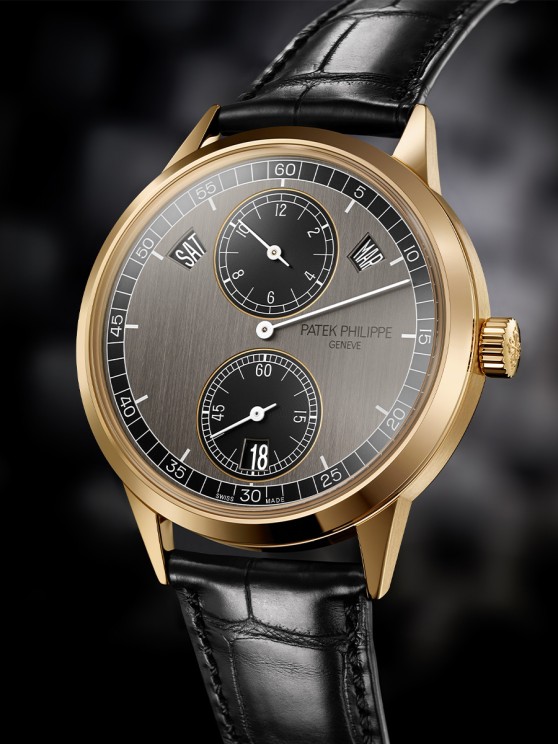
KICK-OFF
Then in 2019, Louis Erard launched a collaboration campaign. Of all the models on offer, the one that proved the most fertile and fun was Le Régulateur Louis Erard. Nearly ten successive models have reinvigorated the brand and the principle. The 2024 season demonstrates these arguments with unprecedented force, as no less than three collabs have followed each other in a blaze of fire. The second version of the highly graphic Atelier Oï model; the dark and conceptual Atelier Oï created with Olivier Mosset; and, finally, the surprising injection of design codes by Cédric Johner prove that the regulator no longer follows its old rules.

SHIFTS
Ferdinand Berthoud played its part by creating a very limited series of its Chronomètre FB 2 in a regulator configuration. The unusual layout of the hours and minutes was reminiscent of a Berthoud marine chronometer. Chronoswiss introduced its own read-off principle with the Strike Two, which arranges the three indications previously placed on the vertical axis along a horizontal axis. By raising the reading scales and revealing part of the underlying mechanism, this model has succeeded in instlling relief, depth and fresh dynamism into the display. Further proof of the renewed relevance of the regulator: the one by Raúl Pagès won the first edition of the Louis Vuitton Watch Prize for Independent Creatives.
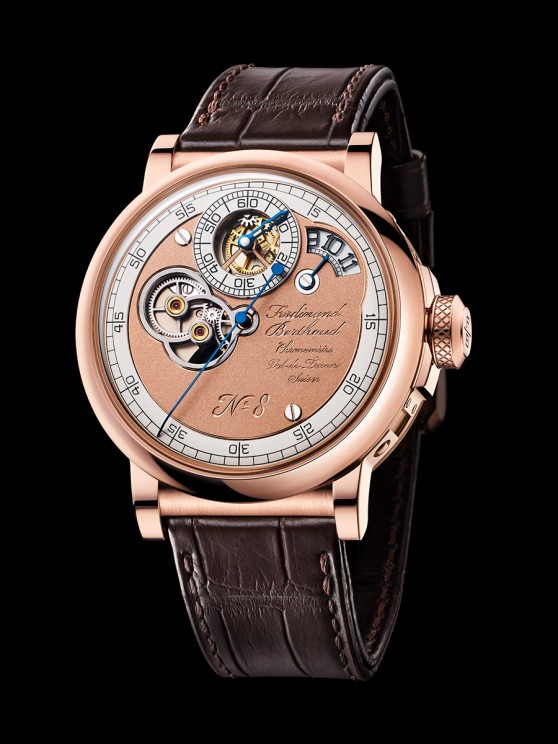
ELEVATION
The regulator was flat, suffering both literally and figuratively from a lack of elevation. The Astronomia Regulator from Jacob & Co. changes all that. While its indications are each offset in a subdial, these are moving elements. They rotate, attached to a carrousel. The seconds, on the other hand, are indicated below, on a ring running around the almost entirely transparent case. Astronomia models’ other key attribute is that their movement is vertical and rotational, with all the satellites making one complete turn around the case in one minute. The seconds ring does likewise, scrolling past a pointer at 6 o’clock. The regulator has definitely entered the third dimension, the sphere of conceptual complication and the 21st century.
Because you are a WorldTempus reader, we are delighted to offer you the digital version of this GMT Magazine which you can download here.
